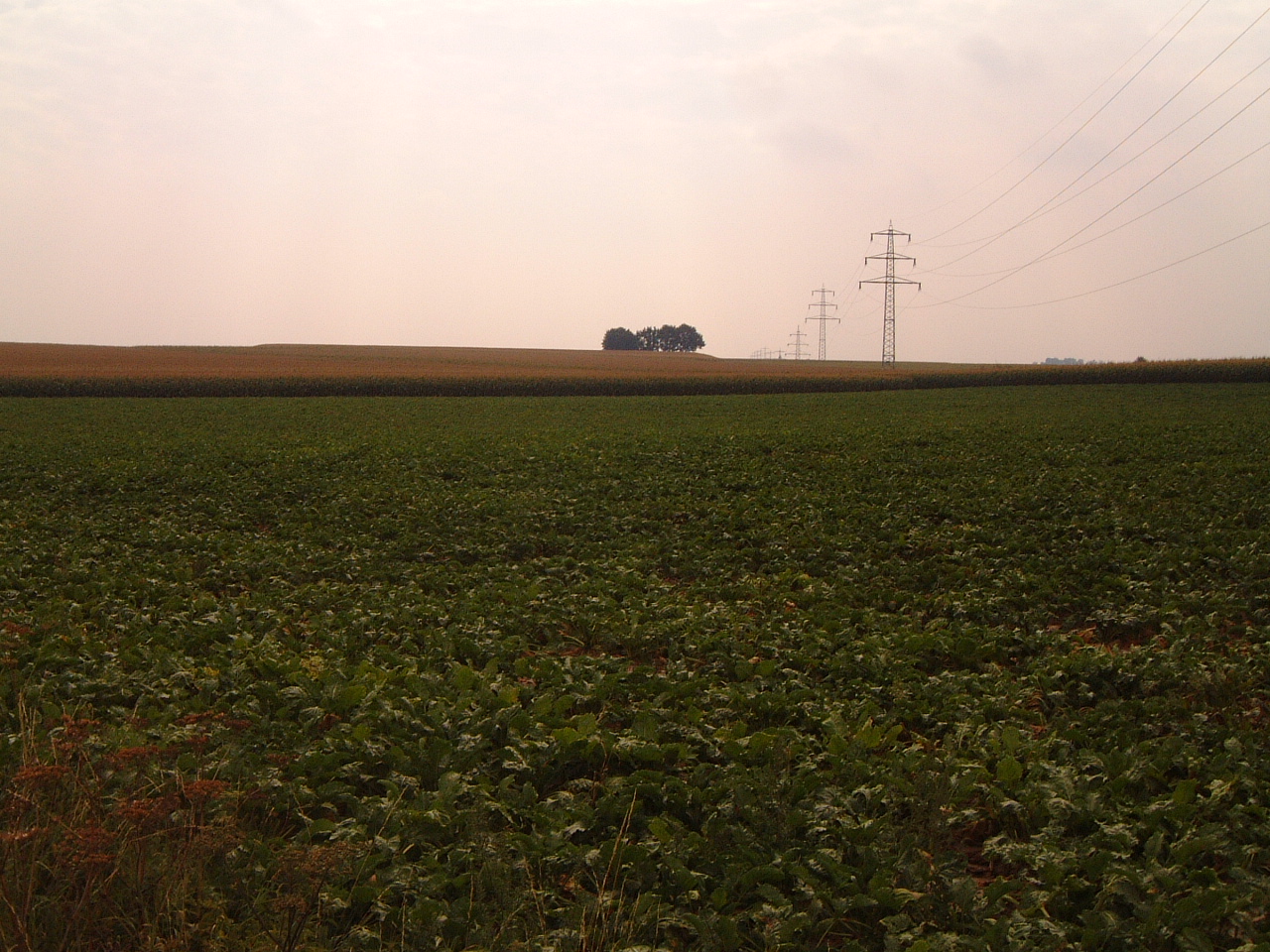What are the Pulleys For?
페이지 정보
작성자 Gerald Satterwh… 작성일24-09-13 04:52 조회17회 댓글0건본문
A twisted pair has two wires of a cable twisted around each other. Unlike NM cable, in which two or more individually insulated conductors (copper or aluminum) are bundled inside a plastic sheathing, THHN and THWN wires are single conductors, each with its color-coded insulation. In these spots, NM or THHN would require conduit, what are electric cables whereas armored cable can be installed as is. Since all the circuit conductors required can be installed in a cable at one time, installation labor is saved compared to certain other wiring methods. An adaptor (in the context of plugs and sockets) is defined in IEC 60050 as "a portable accessory constructed as an integral unit incorporating both a plug portion and one or more socket-outlet portions". But while there might be plenty of benefits of EV ownership, charging one of these cars is not ideal if you live in a flat, terraced house or any property that has no off-street parking. There is no European Union regulation of domestic mains plugs and sockets; the Low Voltage Directive specifically excludes domestic plugs and sockets.
Lighting circuits fused at 5 A were generally used to feed the 2 A sockets. Among the more common are fire- and police-alarm wiring, traffic-signal control wiring, and closed-circuit audio or video communications circuits. It is often associated with obsolete wiring installations or where it is found in modern wiring, it is confined to special use cases, particularly for switch-controlled lamps and stage lighting. These are typically very small wires that are much different from standard circuit wiring, and their costs tend to be lower than other household wires. Although data wiring does carry a small amount of voltage, anything under 30 volts is generally regarded as safe (a household circuit carries about 120 volts of power). This helps ensure proper polarity when wiring up speakers. Any new electrical installation requires new wiring that conforms to local building codes. Generally the plug is the movable connector attached to an electrically operated device's mains cable, and the socket is fixed on equipment or a building structure and connected to an energised electrical circuit.

In this article, the term 'plug' is used in the sense defined by IEC 60050. Sockets are designed to prevent exposure of bare energised contacts. Distinctive characteristics of the system are shutters on the neutral and line (see § Concepts and terminology below) socket holes, and a fuse in the plug. Line (commonly, but technically incorrectly, called live) carries the full supply voltage relative to the neutral. There were concerns that consumer safety was compromised by the substantial quantity of counterfeit and unsafe electrical plugs and sockets being placed on the UK market and also by the provision of electrical equipment without an appropriate means to connect it to the mains supply in the consumer's home. Electrical sockets for single phase domestic, commercial and light industrial purposes generally provide three electrical connections to the supply conductors. Electric power is distributed at 2400 volts, 60 Hz, single phase. Modern British sockets for domestic use are normally manufactured as single or double units with an integral face plate and are designed to fit standard mounting boxes. February 1995: BS 1363-1:1995 "13 A plugs socket-outlets adaptors and connection units - Part 1: Specification for rewirable and non-rewirable 13 A fused plugs" published.
BS 1363, 13 A plugs socket-outlets adaptors and connection units is a British Standard which specifies the most common type of single-phase AC power plugs and sockets that are used in the United Kingdom. BS 1363 plugs have been designated as Type G in the IEC 60083 plugs and sockets standard. The 5 A version has been designated as Type D and the 15 A as Type M in the IEC 60083 plugs and sockets standard. The International Electrotechnical Commission publishes IEC 60050, the International Electrotechnical Vocabulary. There is an erroneous tendency to refer to power conversion devices with incorporated plug pins as plugs, but IEC 60050 refers to these as 'direct plug-in equipment' defined as "equipment in which the mains plug forms an integral part of the equipment enclosure so that the equipment is supported by the mains socket-outlet". A plug is defined in IEC 60050 as an "accessory having pins designed to engage with the contacts of a socket-outlet, also incorporating means for the electrical connection and mechanical retention of flexible cables or cords". The pins of both round pin and rectangular pin plugs are arranged in a triangular fashion, the earth pin being the larger and longer pin at the apex.
댓글목록
등록된 댓글이 없습니다.







